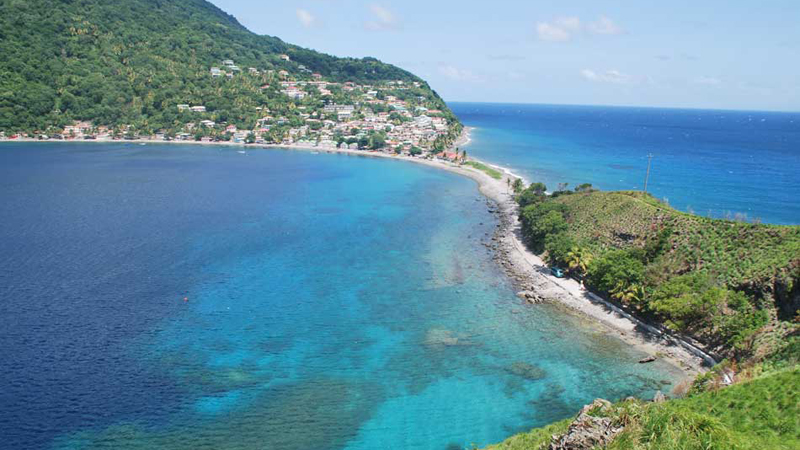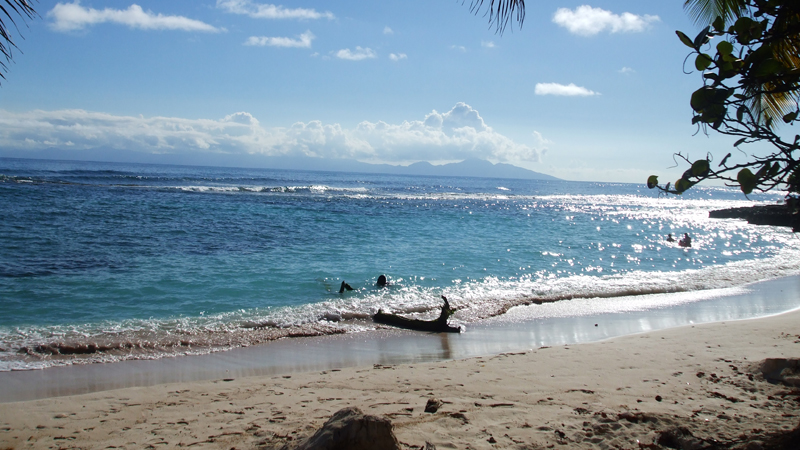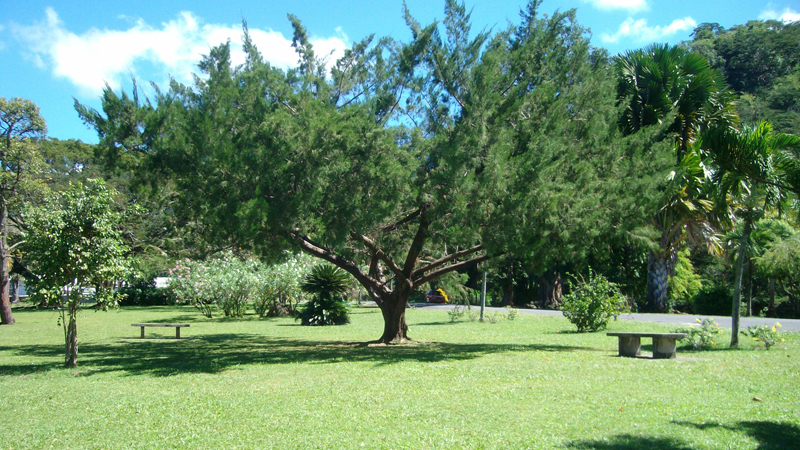Asset Protection Services International
© 2019 Asset Protection Services International. All Rights Reserved.
Contact Us
Contact Us


Commonwealth of Dominica
About
Activities |
Roseau, Dominica
GMT -4
'Majestic' may best describe the lush green forest covered mountains of the Commonwealth of Dominica. Nature enthusiasts can revel in a myriad of activities including canyoning, exotic bird watching, hiking, jeep safari tours, natural hot springs and pools, river kayaking and tubing, scuba diving, sea turtle watching, snorkeling, sport fishing, waterfalls, whale watching, and more. Ports in the two urban cities of Roseau and Portsmouth support large cruise ships to dock bringing passengers who enjoy fine dining, dancing, shopping, exploring and relaxing.
Climate |
Dominica has a wet tropical climate moderated by Northeastern trade winds. The island experiences rainfall throughout the year with its heaviest rains arriving in June and lessening in October. Median temperatures vary less than 3°C throughout the island with average temperatures of 26°C in the winter to 32°C in the summer. Dominica is fortunate in that it has an ample supply of fresh water brought in from the Northeastern trade winds. The leeward west coast receives a moderate 180 cm of rain annually while windward east coast accumulations exceed 500 cm. The exposed eastward facing mountainsides receive up to 900 cm of rain annually, which ranks as the highest accumulation of annual rainfall anywhere on the planet. Humidity correlates to rainfall patterns and recorded to be as high as 90% in the capital city of Roseau. Dominica is located in a hurricane region and is often subject to intense wind and rain from passing hurricanes.
Culture |

National Bird
(Sisserou Parrot)
Indigenous Dominicans are 'Caribs' and live on an 15 square kilometer establishment for the preservation of their identity. Over 90% of the general population in Dominica have historical roots dating back to slaves brought to the island in the 17th and 18th century. Eighty percent of Dominicans considers themselves to be Roman Catholic with conservative values. Annual festivals include a three day Catholic Carnival celebrated prior to Ash Wednesday, the Carnival Queen Pageant, and the World Creole Music Festival. Traditional staple Dominican diets includes fresh local chicken, goat, lamb or beef covered in a spicy pepper sauce of fruit concoction. Rich terrain lends to a variety fruits from tamarind to passion fruit. Hibiscus and medicinal teas originate in Dominica.
Economy and |

Passport
Bananas are the principle agricultural crop in the Commonwealth of Dominica. Banana production employs in excess of one-third of the entire nation's work force. Given the vulnerability of weather conditions and external commodity prices, Dominica has strived to diversify its agricultural production into coffee, patchouli, aloe vera, mangoes, guavas, and papayas as well as to improve its tourism and offshore financial services industries. The Commonwealth of Dominica has high, rugged mountains and, being mostly volcanic, possesses few beaches in comparison to neighboring countries. However the freshwater hot springs, waterfalls and rain-forests make the spas in Dominica an attractive destination, plus the ability for deepwater cruise ships to reach port have given rise to eco-tourism. The Commonwealth of Dominica is a member of the Organization of Eastern Caribbean States (OECS), the Eastern Caribbean Currency Union (ECCU), and the fifteen member strong Caribbean Community (CARICOM). Asset Protection Services International offers Economic itizenship services in the jurisdiction of the Commonwealth of Dominica.
Geography |

Regional Map

National Map
The Commonwealth of Dominica is located in the Caribbean Sea halfway between the island of Guadeloupe (48 km to the north) and the island of Martinique (40 km to the south). For centuries sailing ships crossing the Atlantic ocean would take advantage of strong prevailing trade winds which, at the end of their voyage from Europe or Africa, inexorably led them to one of four specific 'windward' islands. The windward islands consist of the Commonwealth of Dominica, Saint Lucia, Grenada, and Saint Vincent and the Grenadines. The Commonwealth of Dominica, often referred to as Dominica, is known for its rugged terrain, heavy rains, and lush flora and fauna. The highest elevation on the island is Morne Diablotins standing at 1,447 meters above sea level. Runoff from the rain-drenched lands form spectacular pools, cascading waterfalls and support a wide array of wildlife.
History |

National Map

Coat of Arms
Although the Arawaks are credited among the first inhabitants of Dominica, Carib tribes overthrew them and settled in during the 14th century. The Caribs called the island Waitikubuli which means "tall is her body". When Christopher Columbus first spotted the island, he named it "Domenica" after the day of the week in which he located it. The Spanish were unable to settle on the island as they were met with fierce resistance from the Caribs. Even the French and English agreed that the islands of Dominica and St Vincent should remain untouched territories and left entirely to the Caribs due to their ferocious fighting abilities. And so the islands remained neutral for more than a century until the need to pillage the natural resources of Dominica drove the French and English to fight for possession of Dominica. In 1761 the British overtook Dominica and officially held the territory from 1763-1978. After the slave abolition act of 1834, Dominica became the only Caribbean island to have black-controlled legislature in the 19th century. The Crown of England ensured the legislative powers of the black population diminished over time until such erosion re-established a crown colony in 1896. For nearly a hundred years Dominicans struggled to have the voice of the people reach the ears of their governing rulers. In modern day, despite several devastating hurricanes and fluctuations in banana prices, Dominica has as stable a government as any other country in the Caribbean.
Interesting Facts |
Capital
Roseau
Official Language
English
Government
Unitary Parliamentary
Republic
Roseau
Official Language
English
Government
Unitary Parliamentary
Republic
Laws
Common Law
Independence Day
November 3rd, 1978
Total Area
750 Km2
Common Law
Independence Day
November 3rd, 1978
Total Area
750 Km2
Population
71,293
GDP
$977 Million
Currency
East Caribbean Dollar
(XCD)
71,293
GDP
$977 Million
Currency
East Caribbean Dollar
(XCD)
Driving
Left
Internet
.dm
Calling Code
+1 (767)
Left
Internet
.dm
Calling Code
+1 (767)









